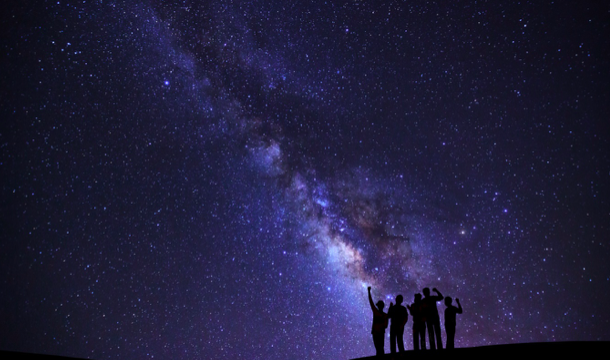For those who missed it, Feb. 19 brought a super snow moon, the biggest and brightest supermoon of the year. Social media and national news sites lit up with spectacular photos of the event, with an unusually large full moon rising above the horizon.
Although reminding us of the beauty of the night sky, similar events can also highlight the spread of light pollution, which dramatically limits celestial views and deprives us of those awe-inspiring encounters with the night sky.
Light pollution has raised increasing alarm in recent years. Research estimates that 99 percent of Americans live within its glare, and that 80 percent of us no longer experience the once-common view of the Milky Way. Health experts point out that excessive exposure to artificial lighting also disrupts the human circadian rhythm, increasing our susceptibility to obesity, depression, dementia, cancer, and other health problems.
Preserving natural darkness is about much more than human health and experience. Affecting plants to wildlife, dark nights are vital for sleep, migration, hunting, feeding, reproduction, and much more.
Read more from Tim Lydon with Yes Magazine here.

